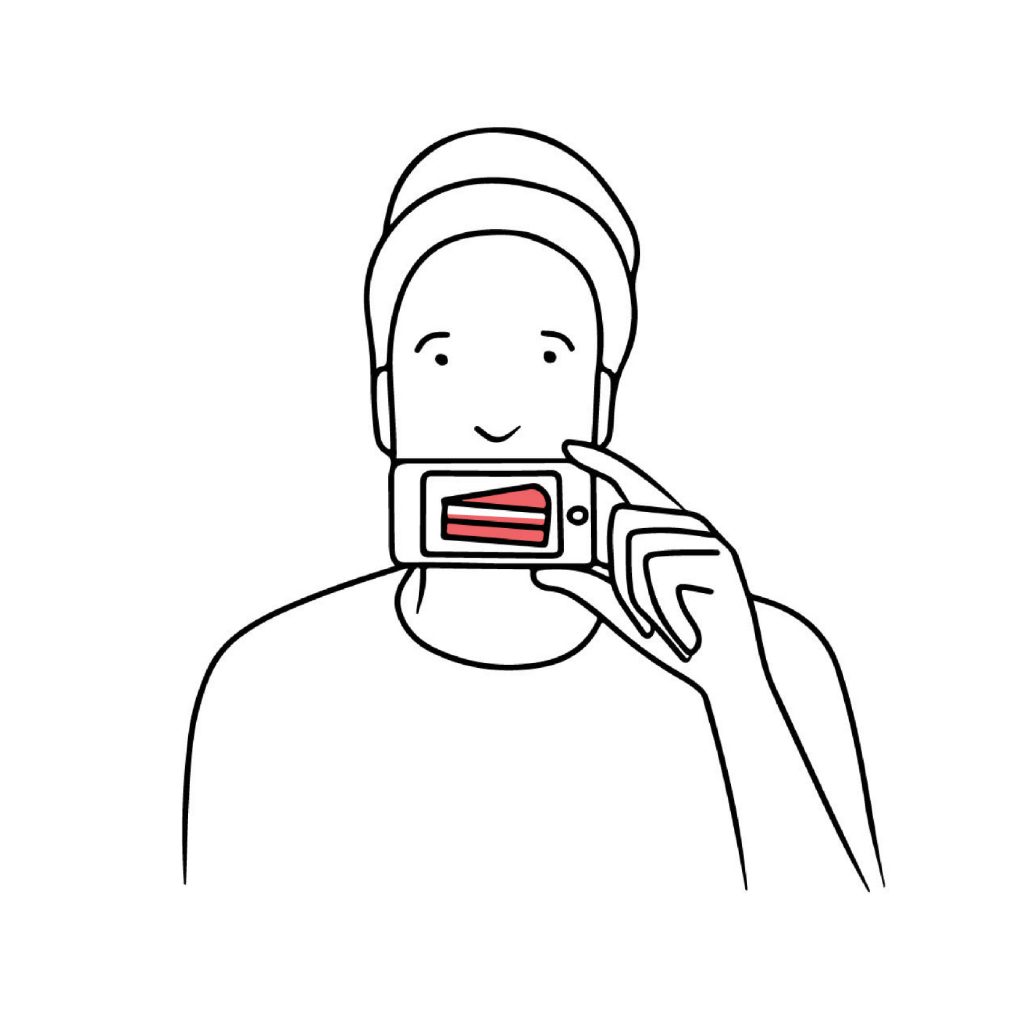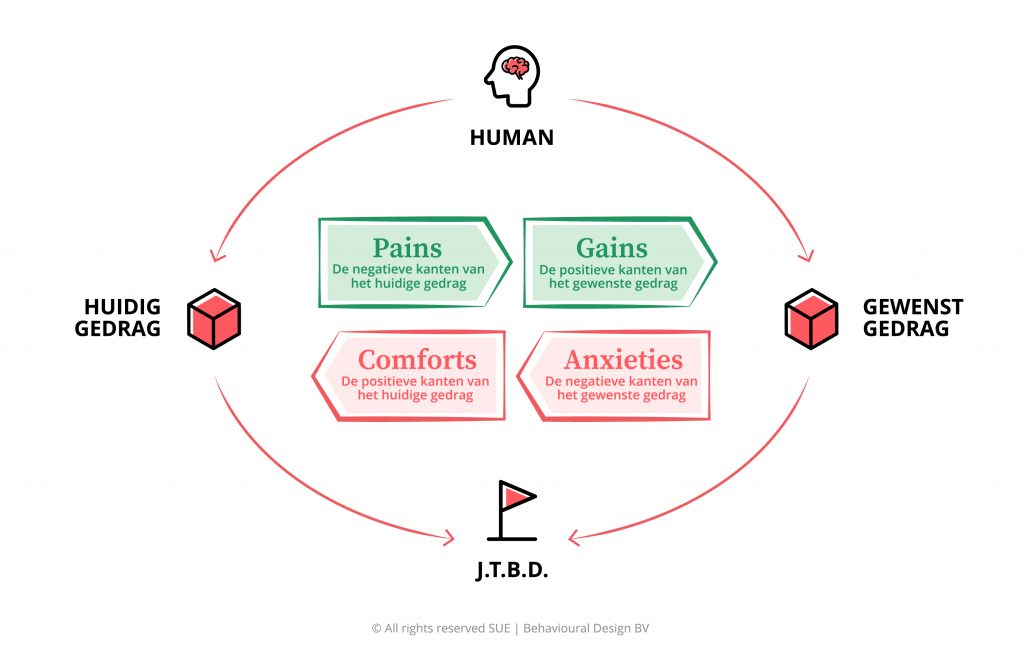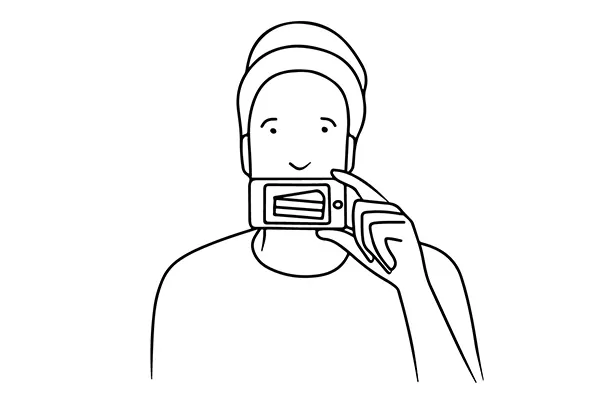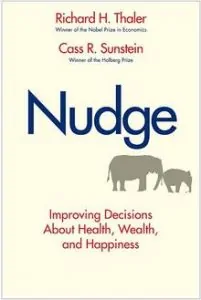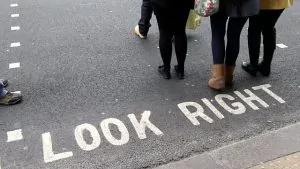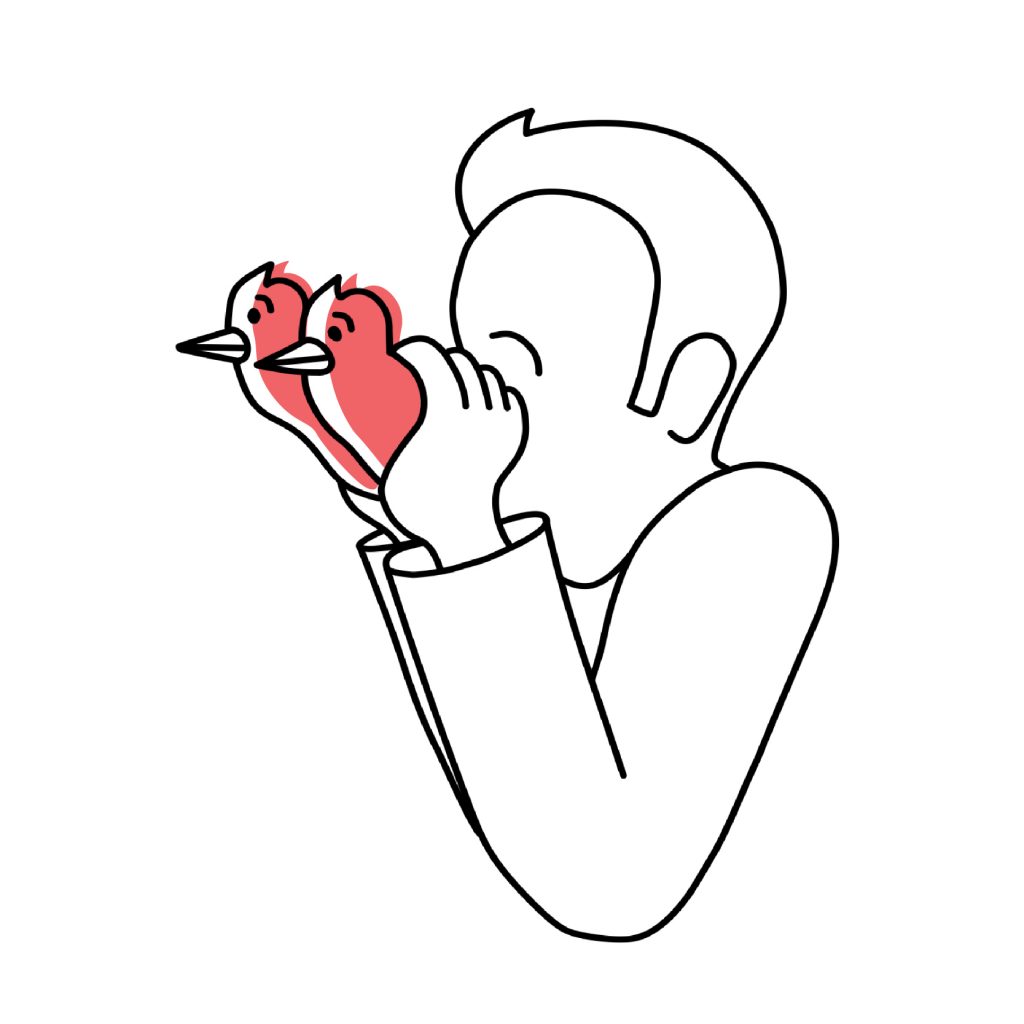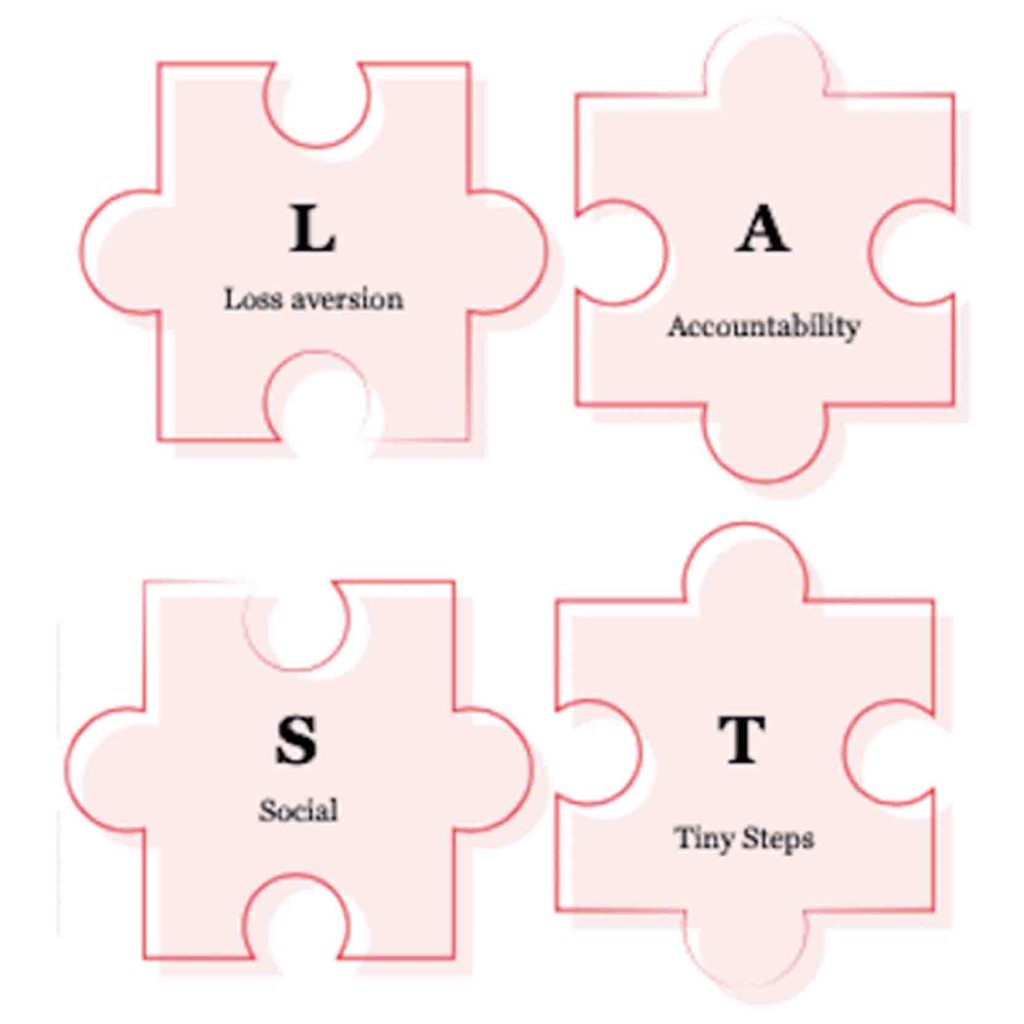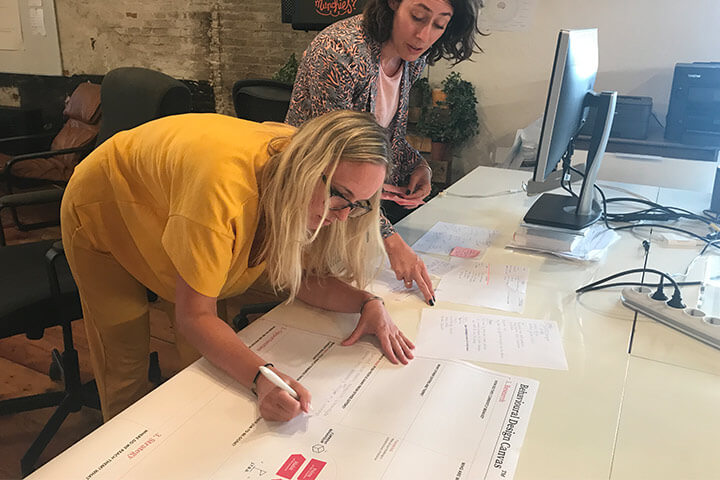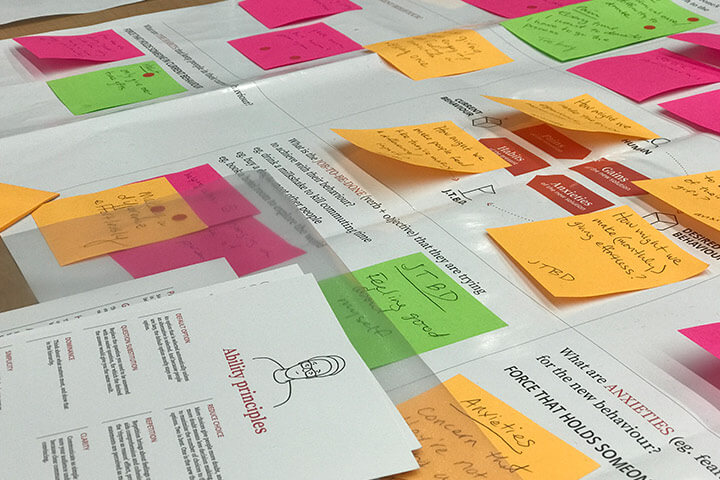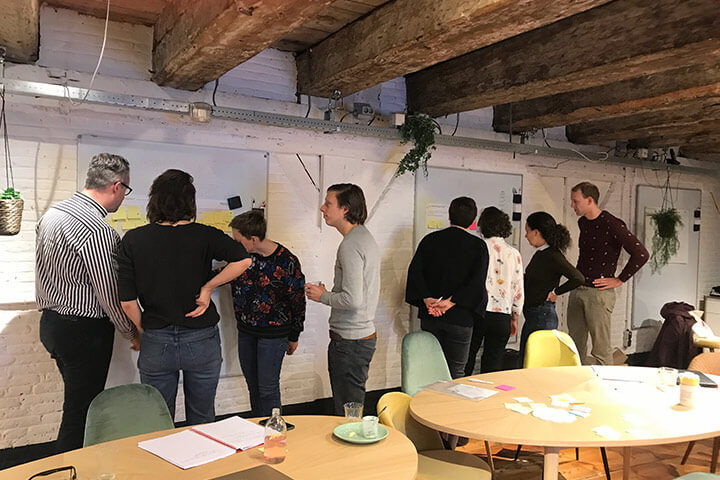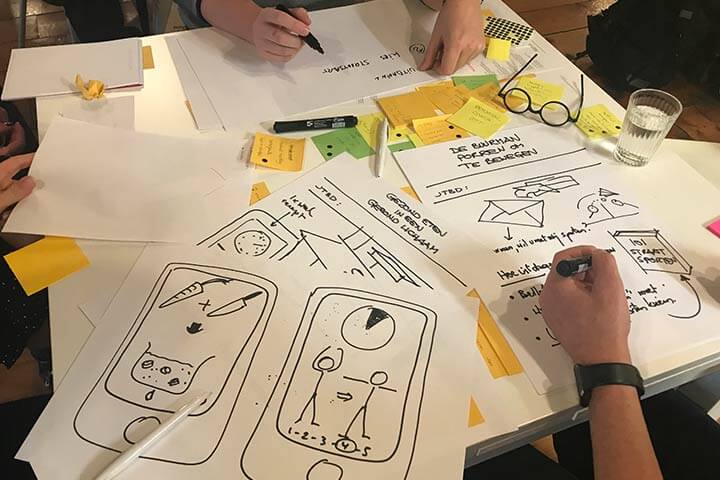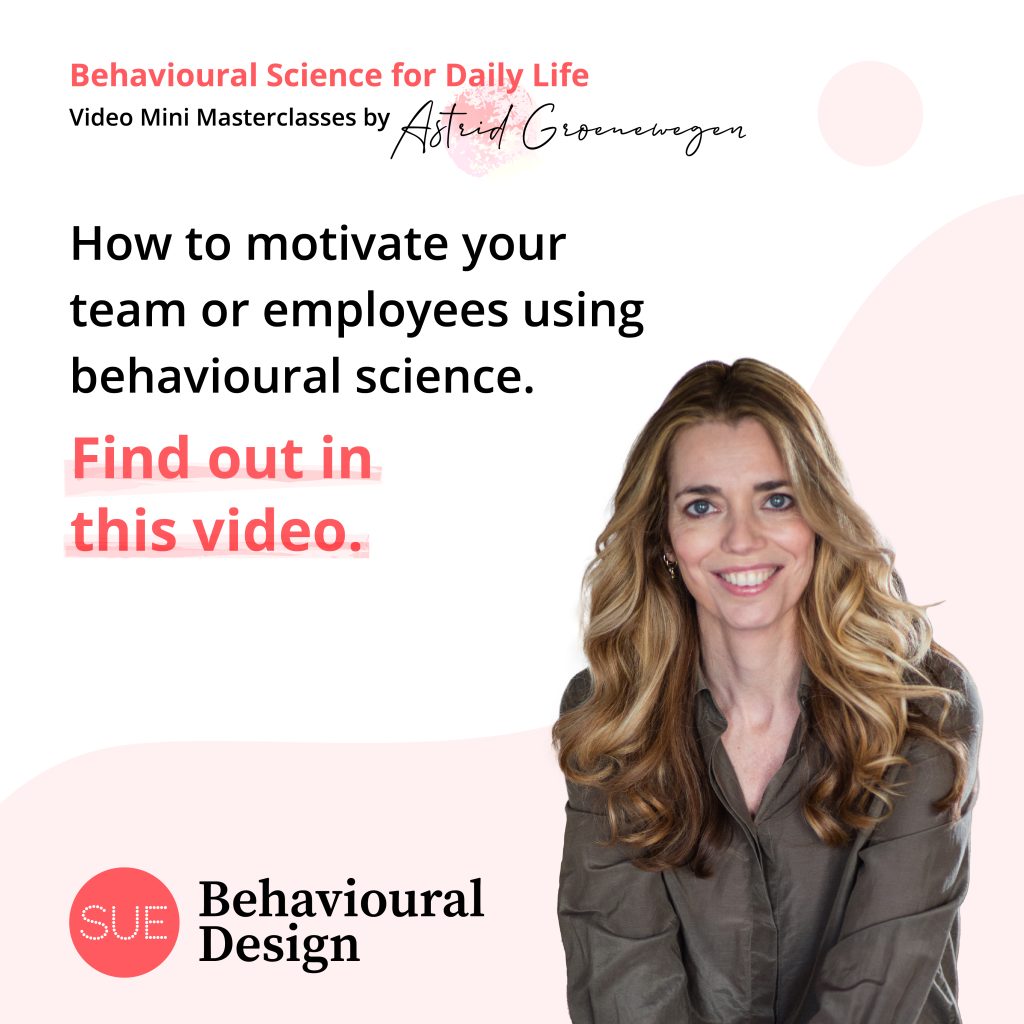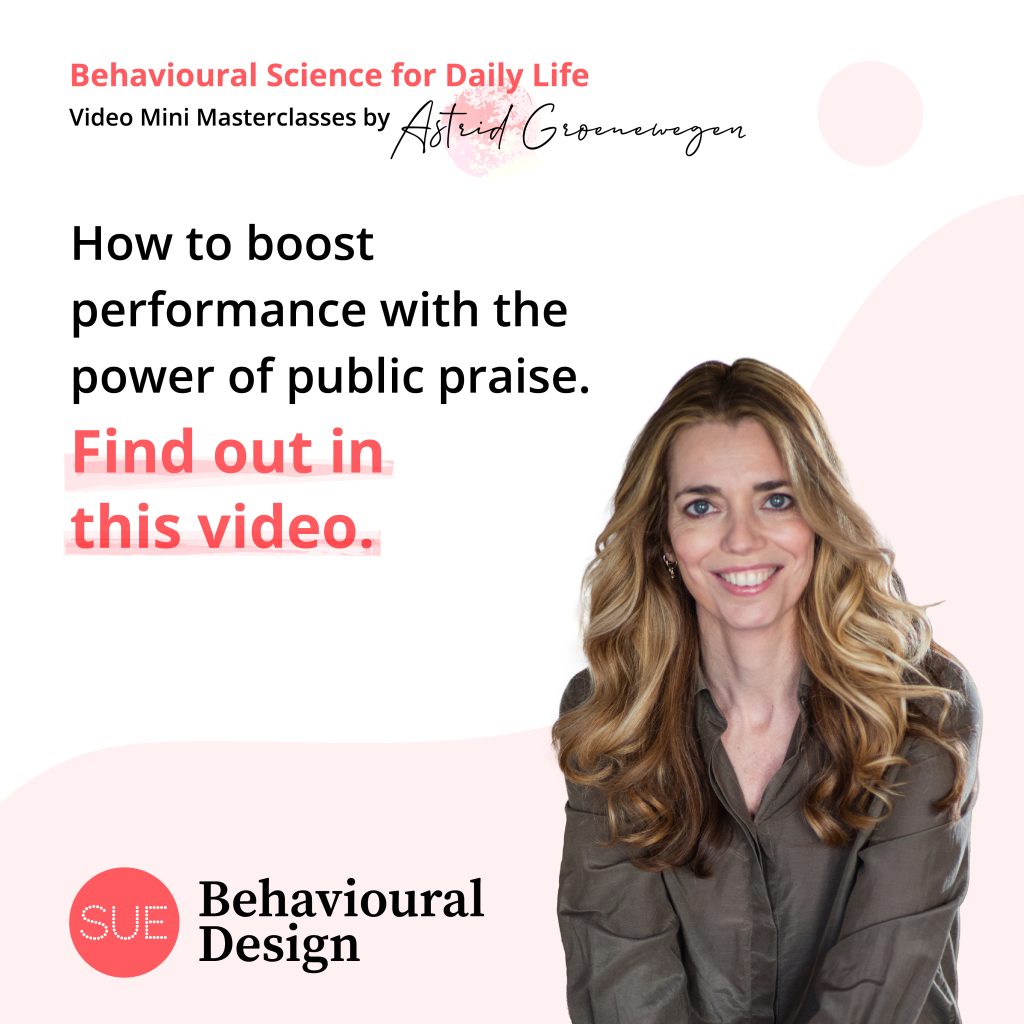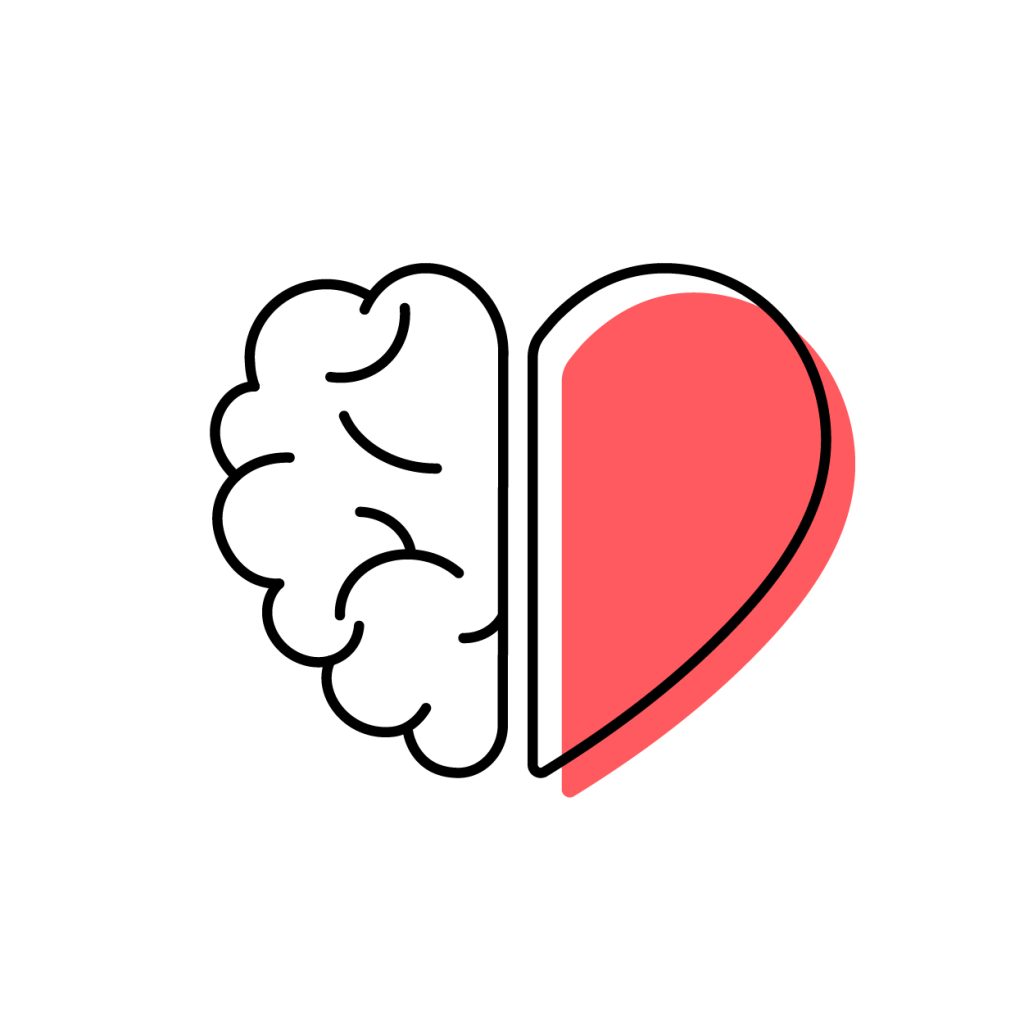
1,5 Minutes on How to Influence Motivation to Act and Living
to 100.
Happy 1,5 Minutes on Influence!
Here is your weekly dose of applying the psychology of influence
to positively impact choices and behaviours.
Looking forward to sharing insights with you!
Warm regards,
Astrid
1 MINUTE:
INSIGHT OF THE WEEK
Our 7-year-old daughter is a notorious vegetable sceptic.
When it is green, it is regarded with disdain.
So, eating broccoli (our desired behaviour),
Is not high on her to-do list.
But when we turned broccoli into something else,
Explaining, they are actually little trees that build muscles,
It became something she wanted,
As she had a climbing and hanging from everything phase.
This is what Charles Duhigg once called:
Doing the right thing for the wrong reason.
People do not want to buy toothpaste,
They buy a minty fresh breath for a date (or meeting).
This underlying motivation to act,
Is what Clayton Christensen coined as the job-to-be-done.
It is vital in getting people to act.
The questions to ask to influence behaviour become,
What is the progress people want to make?
And how can our offering help them get there?
Want to design sustainable behaviour,
And get people to buy solar panels?
A job-to-be-done of someone could be,
No longer being dependent on the power grid.
Want to design team behaviour,
And get people to the office twice a week?
A job-to-be-done can be getting recognition from your manager,
Who actually can notice you when you are in the office.
By the way, jobs- to-be-done can change over time.
The broccoli muscle approach doesn’t work anymore on our daughter.
Now she loves to join us in travelling.
And abroad, well, she needs to eat different foods.
So, now she is willing to taste them,
No green vegetable will stand in her way to see the world.
In conclusion, if you want to motivate people to do something,
Don’t start with your product, service, or policy.
Start with what they can help people achieve better in their lives,
Something they want or need.
Just remember to ask yourself:
How do I ‘sell’ the broccoli?
Further reading:
The SUE Influence Framework Explained
Know your customers jobs-to-be-done
Our courses on Learning the Psychology of Influence
0,5 MINUTE:
NOT TO BE MISSED THIS WEEK
Live to a 100
I recently watched the Netflix documentary on Blue Zones,
Communities where people live extraordinarily long and vibrant lives,
Absolutely fascinating.
But especially the last episode is worth watching,
It is pure Behavioural Design.
Interventions that added 3 years in life expectancy.
The key message:
If you cannot change people’s beliefs,
You must change their context.
– Eat wisely: Make healthy foods more accessible.
– Move naturally: Design ways for movement, like build walking lanes.
– Connect: Initiate social clubs in which people share and care.
– Outcome: Give people meaning, for example, help them volunteer.
So, check it out,
And venture out to add those 3 healthy years to your life.
Source:
Live to 100: Secrets of the Blue Zones
Want to share this week’s newsletter via social media or email? Just copy and paste this link:
https://suebehaviouraldesign.cominfluence-motivation-and-live-to-100
Until next week,
Astrid Groenewegen
Co-Founder of SUE | Behavioural Design Academy
Thanks for reading. You can get more actionable ideas in our popular email newsletter ‘1,5 Minutes on Influence’. Every Thursday, we share 1,5 minutes of insights to explore compelling questions and uncover strategies to positively impact decision-making by applying Behavioural Design. Enter your email here and join over 10.000 other forward-thinking professionals.
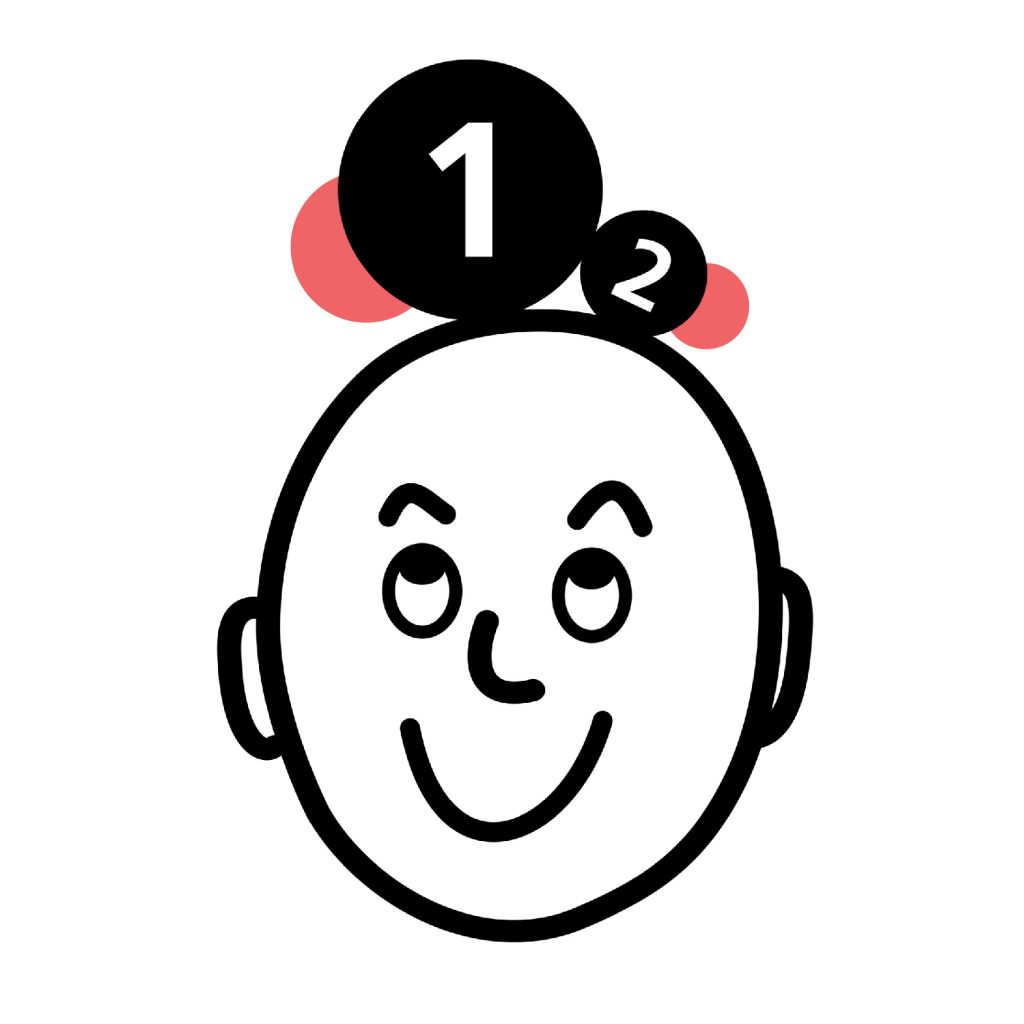






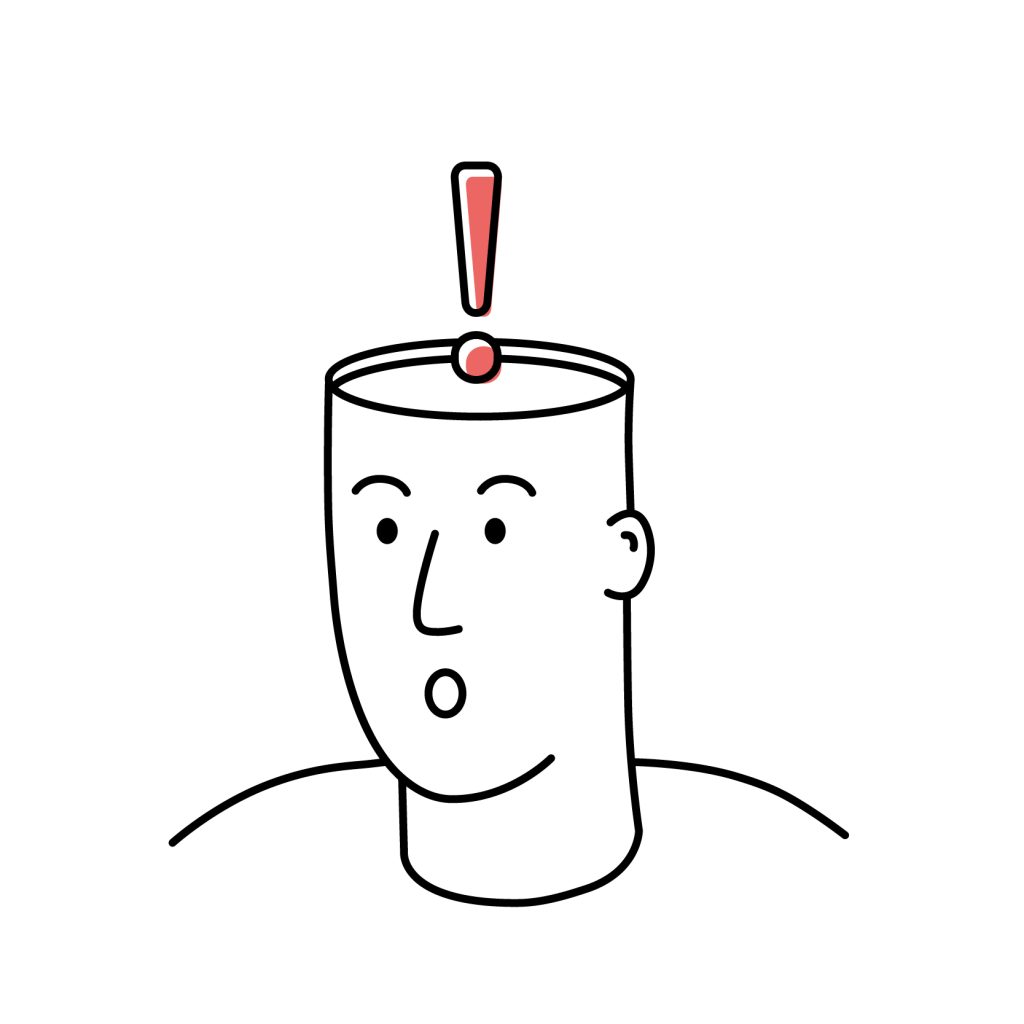
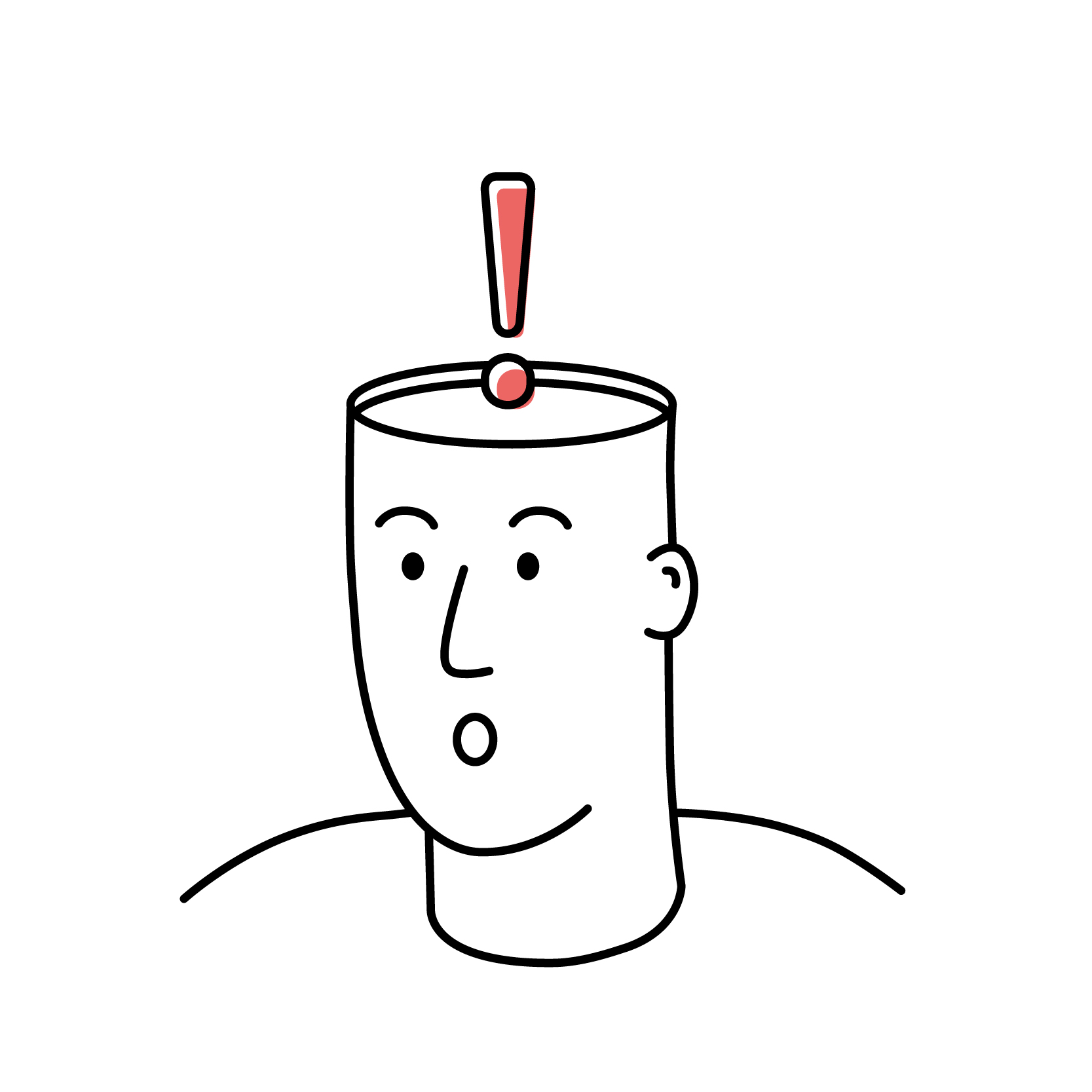 The situation: we’re in the middle of The Big Quit
The situation: we’re in the middle of The Big Quit
